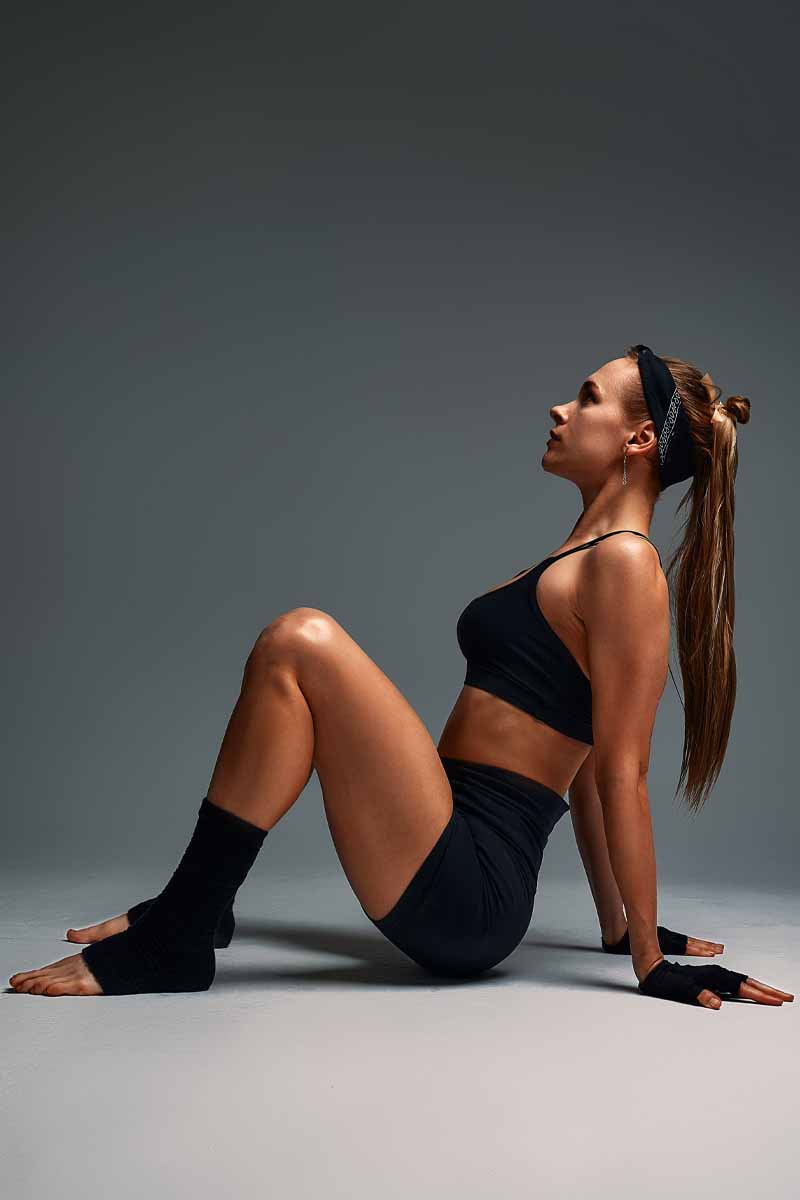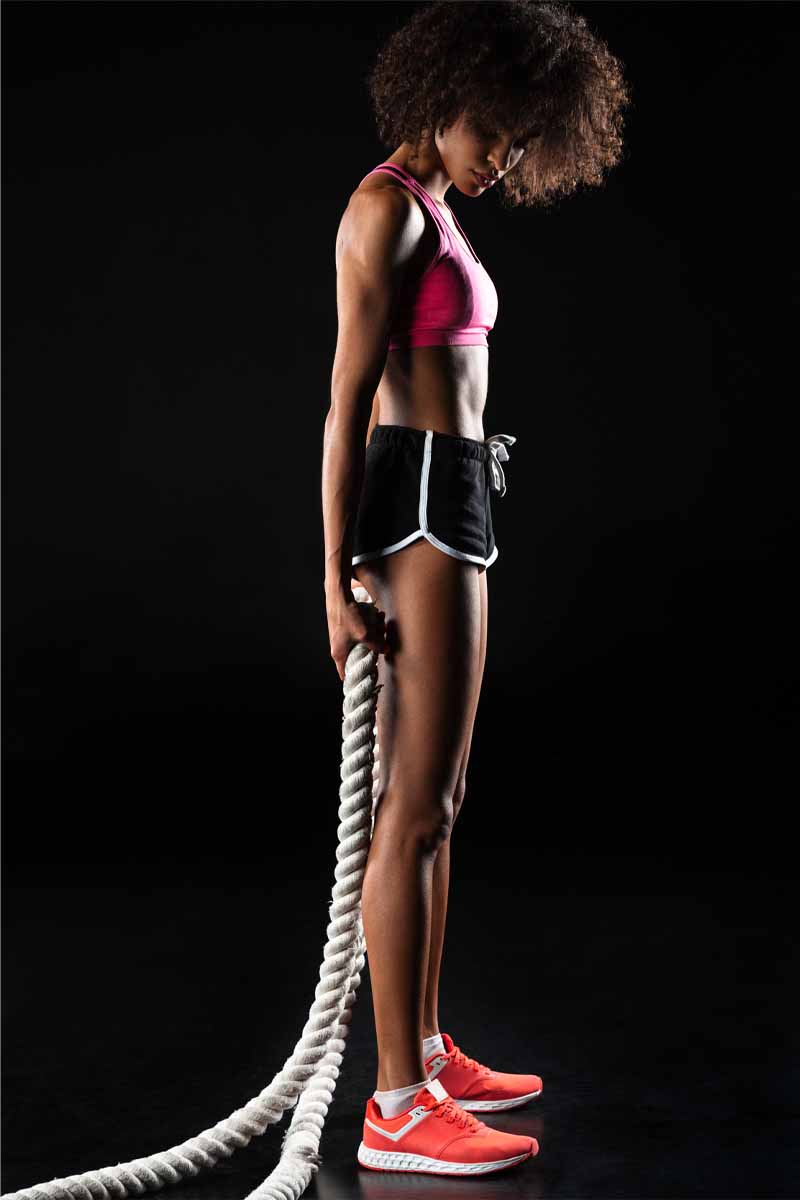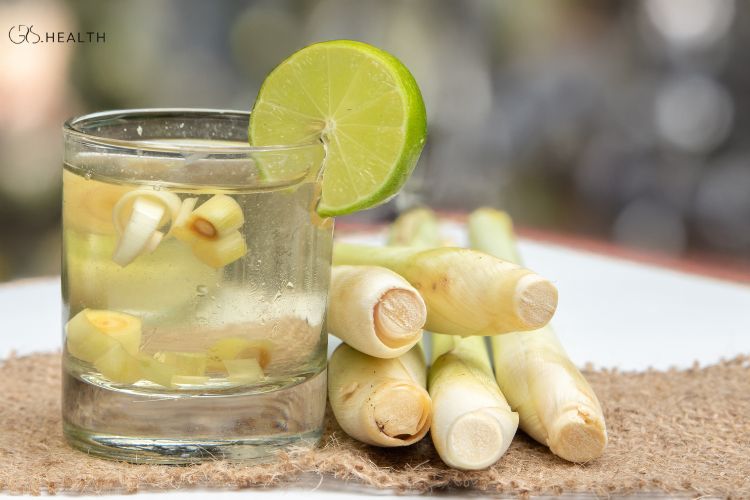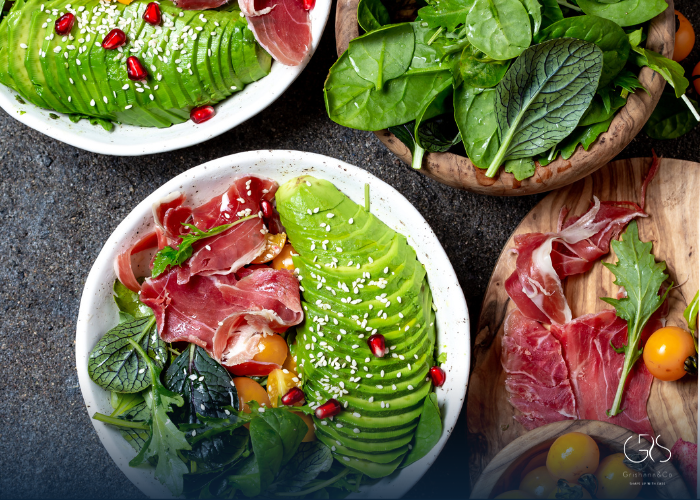When people think of calcium, they immediately think of a glass of cold milk. For decades, milk has been marketed as the gold standard for building strong bones and teeth. But did you know that a variety of other foods — some of them quite unexpected — actually pack more calcium per serving than milk does?
A cup of whole milk contains about 276 milligrams of calcium. While that’s significant, many plant-based, seafood, nut, and seed sources can easily surpass this benchmark, often with added benefits like fiber, antioxidants, and healthy fats.
In this comprehensive article, you’ll discover 16 scientifically validated foods that offer more calcium per serving than a cup of milk, plus the nutritional context that makes them especially beneficial.
Why foods high calcium matter so much
Before we explore these power foods, let’s revisit why calcium is vital. Calcium is the most abundant mineral in the human body. About 99% of it is stored in your bones and teeth, giving them structure and strength. The remaining 1% plays crucial roles in blood clotting, muscle contraction, nerve signaling, and maintaining healthy heart rhythms.
The Recommended Dietary Allowance (RDA) for adults generally ranges from 1,000 to 1,200 milligrams per day, depending on age and sex. Many people fall short, especially those who follow dairy-free or plant-based diets. That’s why identifying alternative sources is so important.
How Bioavailability Influences Absorption
It’s important to note that not all calcium is absorbed equally well. Some plant-based sources contain compounds like oxalates and phytates, which can bind calcium and reduce its bioavailability. For example, spinach is high in calcium but also high in oxalates, making its calcium poorly absorbed.
On the other hand, seeds, nuts, small fish eaten with bones, and certain leafy greens have calcium that’s well absorbed by the body. With that context, let’s dive in.
1. Chia Seeds
Tiny but mighty, chia seeds provide a surprising calcium punch. Just two tablespoons (about 28 grams) offer about 180 milligrams of calcium — two servings get you well above the calcium content in a cup of milk.
Chia seeds also deliver omega-3 fatty acids, fiber, and plant-based protein. They’re easy to sprinkle into yogurt, oatmeal, or smoothies, making them an effortless addition to your diet.
(Read the article on chia seed recipes to explore their health benefits)
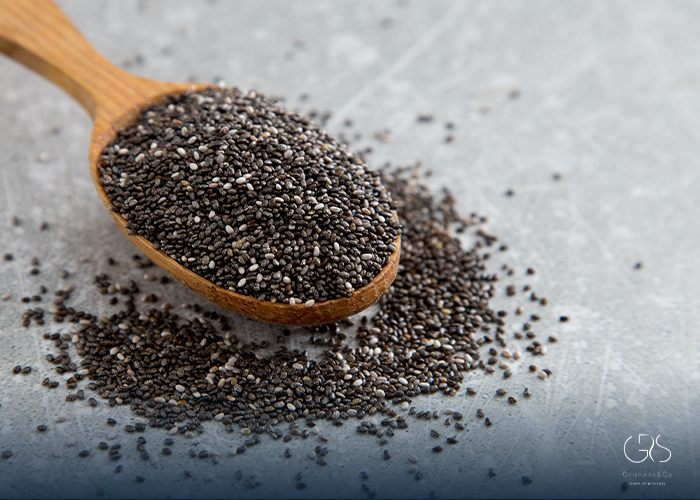
2. Sardines (With Bones)
Sardines are among the richest natural calcium sources from the sea. A typical 3.75-ounce can of sardines in oil, eaten with the soft bones, delivers about 325 milligrams of calcium — more than a cup of milk.
Sardines are also rich in vitamin D and omega-3 fats, both of which help your body absorb and use calcium efficiently.
3. Almonds
Nuts in general offer minerals, but almonds stand out for their calcium content. Just one cup of whole almonds provides around 385 milligrams of calcium.
Keep in mind, almonds are calorie-dense, so moderation is key if you’re watching your energy intake. Still, a small handful daily is an easy way to boost your calcium levels while getting healthy fats, vitamin E, and fiber.
4. Tofu (Calcium-Set)
Tofu is a staple in many plant-based diets, and it’s often made with calcium sulfate to help it coagulate. A half-cup of firm tofu prepared with calcium can contain up to 434 milligrams of calcium — easily surpassing milk.
To maximize calcium intake from tofu, check labels for the words “calcium-set” or “calcium sulfate” in the ingredients.
5. Canned Salmon (With Bones)
Like sardines, canned salmon eaten with the tiny bones is a stellar source of calcium. A 3-ounce serving can have about 180–240 milligrams — smaller than milk, but eating a larger portion easily surpasses a cup.
Additionally, salmon delivers high-quality protein and vitamin D, which further supports bone health.
6. Sesame Seeds
These tiny seeds are one of the oldest sources of dietary calcium. Just one ounce (28 grams) of sesame seeds contains around 280 milligrams of calcium.
Sesame seeds are also high in magnesium, zinc, and certain beneficial plant compounds called lignans that support overall health. Tahini, a paste made from ground sesame seeds, is another delicious way to get these benefits.
7. Collard Greens
Among leafy greens, collard greens are calcium stars — unlike spinach, they’re low in oxalates, so their calcium is more bioavailable. One cooked cup of collard greens can deliver about 268 milligrams of calcium — practically on par with milk, and a slightly larger serving surpasses it.
They’re also rich in vitamin K, which plays a key role in bone mineralization.
8. Amaranth Leaves
Less common in Western diets but popular elsewhere, amaranth leaves are packed with nutrients. A cooked cup provides around 275 milligrams of calcium, matching milk — and when you eat a bit more, you easily exceed it.
Amaranth leaves also bring iron, potassium, and vitamin C to the table.
9. White Beans
Legumes are another helpful source for those reducing dairy. A cup of cooked white beans has about 160–190 milligrams of calcium. Combined with other high-calcium foods throughout the day, it’s easy to exceed what you’d get from milk.
Beans are also packed with fiber, folate, and plant-based protein.
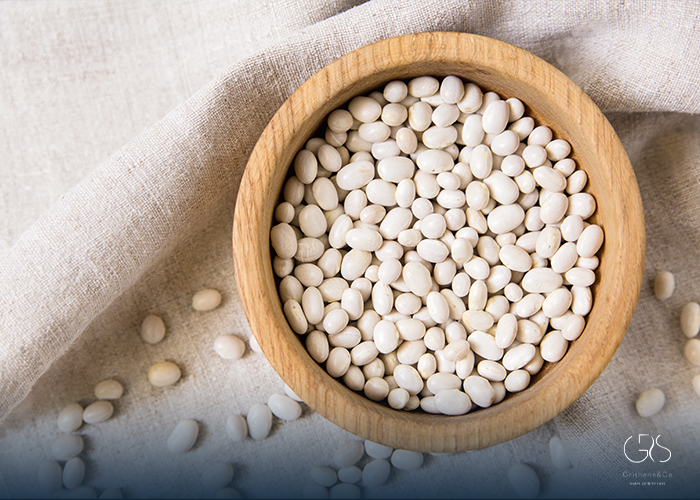
10. Edamame
Edamame — young green soybeans — are not only delicious but nutrient-dense. A cup of cooked edamame has around 197 milligrams of calcium, plus protein, fiber, and healthy plant compounds.
For plant-based eaters, soy foods like edamame and tofu are cornerstones of meeting daily calcium needs.
11. Kale
Kale’s popularity as a superfood is well-deserved. One cooked cup of kale delivers around 177 milligrams of calcium with low oxalate levels, which means the body absorbs its calcium efficiently.
Enjoy it steamed, sautéed, or blended into soups and stews for an easy calcium boost.
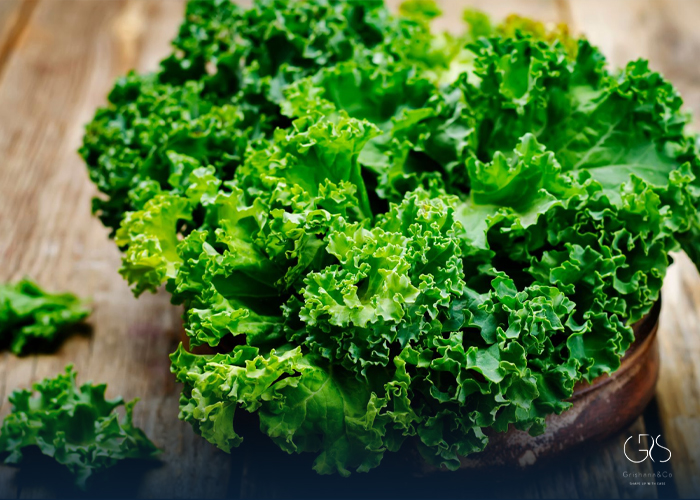
12. Figs (Dried)
These sweet gems are a surprisingly good calcium source. Ten dried figs can deliver about 270 milligrams of calcium, more than a cup of milk.
Figs also provide fiber and antioxidants, but because they’re high in natural sugars, moderation helps maintain balanced energy intake.
13. Bok Choy (Chinese Cabbage)
This crisp vegetable is popular in Asian cuisine. A cooked cup of bok choy has about 160 milligrams of calcium. Larger servings — which are common in stir-fry dishes — easily push your intake above milk’s 276 milligrams.
Its mild flavor makes it versatile, and like other cruciferous veggies, bok choy supports heart health and digestion.
14. Blackstrap Molasses
Not exactly a “food” by itself, blackstrap molasses is a byproduct of sugar refining — but it’s nutrient dense. Just one tablespoon contains about 172 milligrams of calcium. Adding two tablespoons to oatmeal or smoothies can give you more calcium than a glass of milk.
It’s also rich in iron and magnesium. Just watch the sugar content if you’re adding it to your diet regularly.
15. Teff
Teff is an ancient grain from Ethiopia that’s gaining popularity worldwide. Cooked teff provides around 123 milligrams per cup. While that’s less than milk by itself, a large serving — or using teff flour in breads and porridges — can push your intake higher.
Teff is naturally gluten-free, high in fiber, and rich in protein, making it great for diverse diets.
16. Seaweed
Certain types of seaweed are unexpectedly high in calcium. Wakame, for example, provides about 150 milligrams per cup, while hijiki can have much more — sometimes over 600 milligrams per serving, though it’s best eaten in moderation due to potential heavy metal accumulation.
Seaweed also brings iodine, which is essential for thyroid health.
Practical Tips for Maximizing Non-Dairy Calcium
Finding high-calcium foods is only half the story — making sure your body absorbs them well is just as important. Here are some evidence-based tips:
Pair calcium-rich foods with vitamin D: Vitamin D helps your intestines absorb calcium efficiently. Get it from sunlight, fatty fish, eggs, or supplements if needed.
(We recommend that you read about egg consumption)
Balance oxalates: If you’re eating greens like spinach or beet greens, know that their high oxalate content limits calcium absorption. Favor lower-oxalate greens like kale, bok choy, and collard greens for more bioavailable calcium.
Spread intake throughout the day: Your body absorbs calcium best in moderate doses (500 milligrams or less) at a time. So, space out high-calcium foods rather than loading them all into one meal.
Avoid excess salt and caffeine: Too much salt and caffeine can increase calcium excretion in urine. Enjoy these in moderation if you’re concerned about bone health.
Should You Ditch Dairy?
Not necessarily. Dairy remains a convenient source of bioavailable calcium for many people. However, it’s not essential — especially if you have lactose intolerance, milk allergies, or follow a plant-based lifestyle.
By diversifying your diet with the foods listed above, you can easily meet your daily calcium needs without relying solely on milk or dairy products.
The Bottom Line
Calcium is too important to overlook. Strong bones and teeth, a healthy heart, and proper muscle and nerve function all depend on this mineral. While milk is a convenient source, nature offers countless other delicious, nutrient-packed options that meet or exceed milk’s calcium content.
Whether you choose leafy greens like collards and kale, seeds like chia and sesame, seafood like sardines and salmon, or plant-based staples like tofu and edamame, your bones — and the rest of your body — will thank you for the variety.
By making informed choices, balancing bioavailability, and pairing calcium-rich foods with supportive nutrients like vitamin D, you can build a diet that’s as delicious as it is strong for your bones.
Final Thought
If you’re concerned about your calcium intake, talk to a healthcare provider or registered dietitian. They can help you design a balanced meal plan, recommend the right foods for your lifestyle, and ensure you’re supporting your bones and overall well-being for years to come.
Sources
- Harvard T.H. Chan School of Public Health, Calcium
- NIH, Calcium
- PubMed Central (PMC), Investigating Knowledge on Calcium and Preferences for Dairy vs. Plant-Based Alternatives
